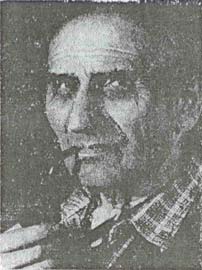 The Wind Tunnel in Polizu at the time of its inauguration represented one of the most advanced aerodynamic labs in the world. The tunnel was designed by Ion Stroescu (1888-1961), based on an original blue print, which included a patent and more innovations worldwide. Ion Stroescu was a sports teacher, but with a passion and a fascinating intuition for aerodynamics. Today, he is recognized as inventor and pioneer in experimental aerodynamics. He had built his first Wind Tunnel in 1927 at Râmnicu Sărat, in the sports room of the high school he was teaching.
The Wind Tunnel in Polizu at the time of its inauguration represented one of the most advanced aerodynamic labs in the world. The tunnel was designed by Ion Stroescu (1888-1961), based on an original blue print, which included a patent and more innovations worldwide. Ion Stroescu was a sports teacher, but with a passion and a fascinating intuition for aerodynamics. Today, he is recognized as inventor and pioneer in experimental aerodynamics. He had built his first Wind Tunnel in 1927 at Râmnicu Sărat, in the sports room of the high school he was teaching.

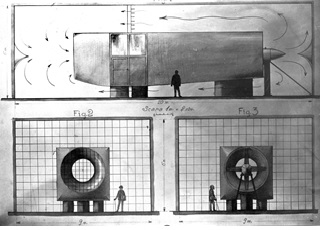
In the same year, he applies for two valuable patents, for controlling the boundary layer by injection-suction and blowing-out (patents 11.169/1925 and 13.677/1925 Ion Stroescu).

Illustrations show the blue prints of the Wind Tunnel in Râmnicu Sărat and photos during construction.
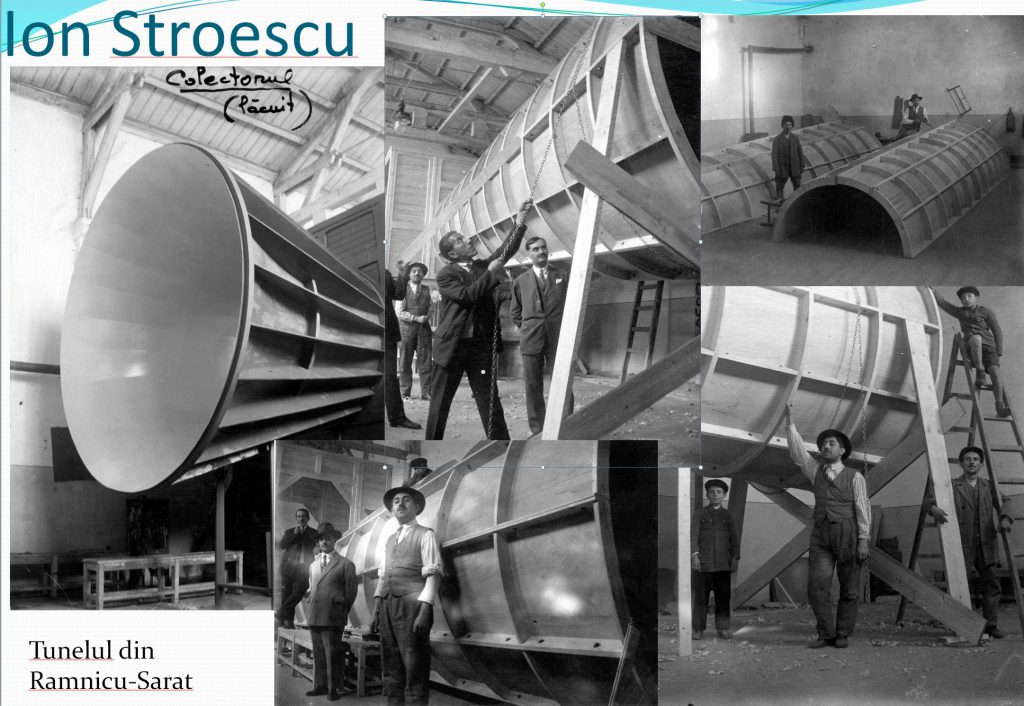
The new Wind Tunnel attracted Prof. Elie Carafoli’s attention, the well known Romanian aerodynamics expert, the founder of the aeronautical engineering school. He tried to stop the demolition of the tunnel, ordered by the Ministry because it ”abusively” occupied the sports room. He did not managed that, but managed instead to get an order for Ion Stroescu to be assigned at the Politechnical School.
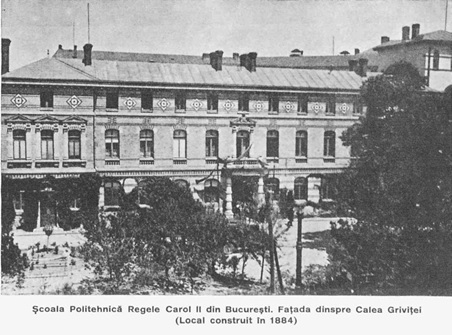
In 1929 Carafoli appointed Stroescu as assistant professor at the Department of Aerodyanmics. Under his supervision, Ion Stroescu designed and managed the works for the new Wind Tunnel of Polizu.
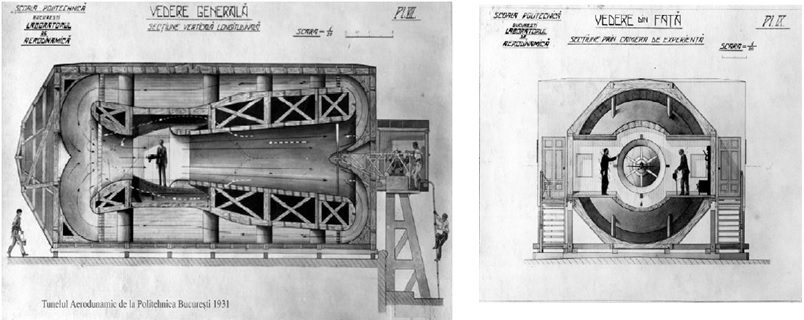
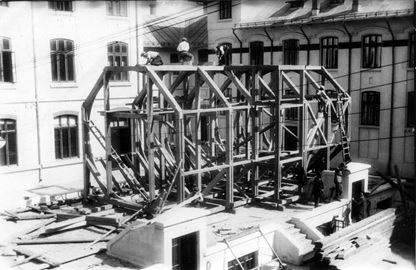
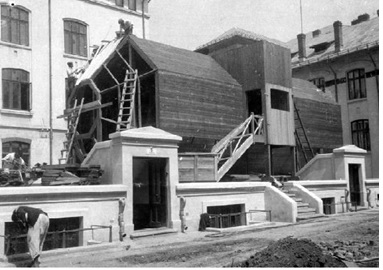
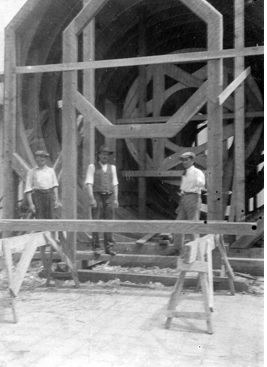
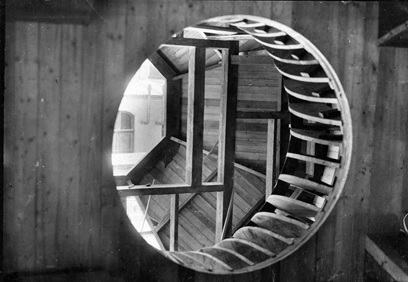
In the experimental section of the tunnel, the models of all Romanian airplanes were to be tested. The room was equipped with an aerodynamic strain cage, another invention, which demonstrate the creativity of the Romanian pioneers of aerodynamics.

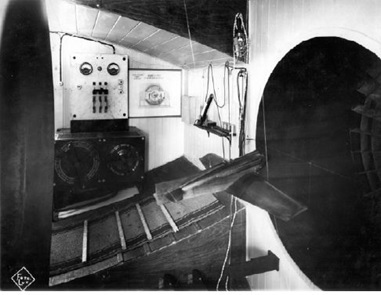
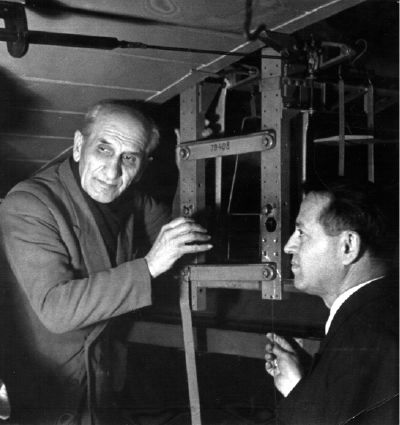
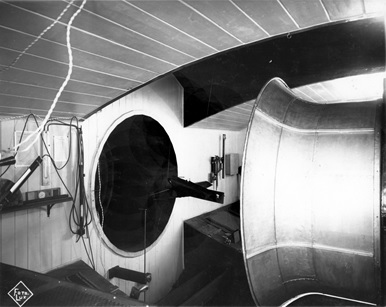
On 7 May 1931, King Carol the 2nd, together with Prince Nicolae, with Prime Minister Nicolae Iorga and with the Rector of the Politechnical School, Nicolae Vasilescu-Karpen inaugurate the most important Wind Tunnel in South-East Europe, and one of the most advanced and well equipped in Europe at the time.
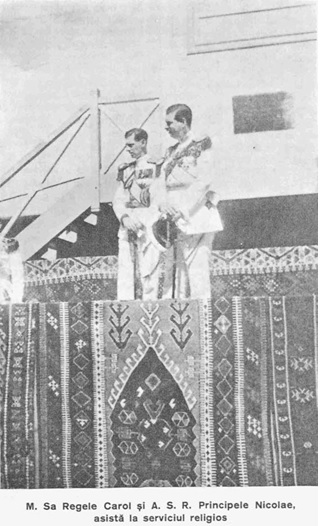
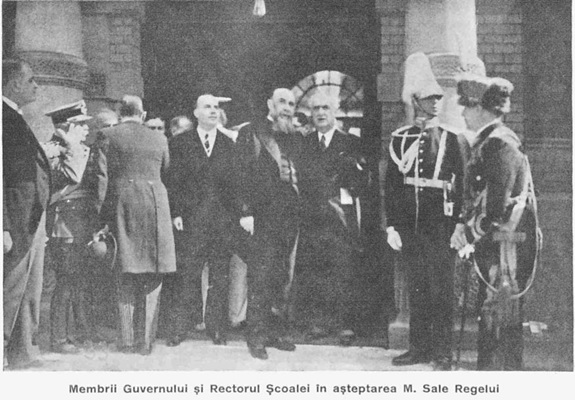
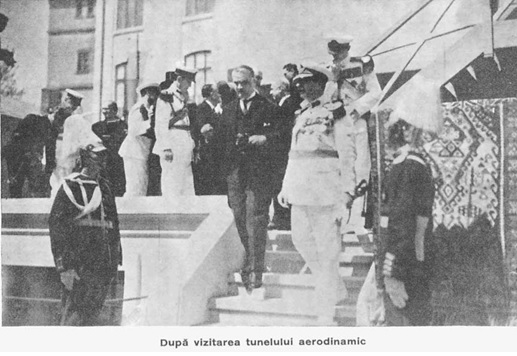
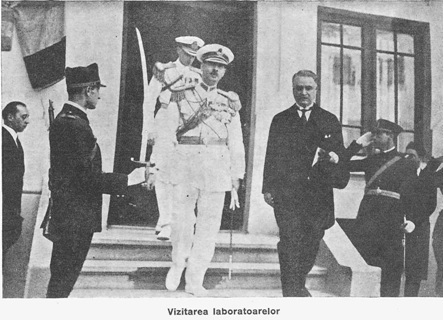
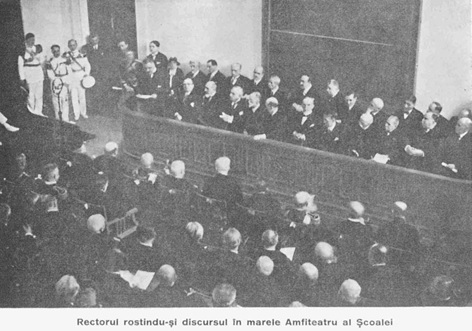
We may easily recognize the ”Grand Amphitheatre of the School”, currently known as the F024 Acad. Virgiliu N. Constantinescu Amphitheatre of the Faculty of Aerospace Engineering. The Wind Tunnel in Polizu contributed to the relative superiority of the Romanian aeronautical industry before and during WWII. Hundreds of new aircraft designs, wing airfoils and other parts could be tested. Some of the aircraft designed in this Wind Tunnel were matching the performance at the highest standards worldwide, competing with American, British or German aircraft.
In 1937 Ion Stroescu got another assignment, with the Faculty of Sciences of the University of Bucharest, by the Laboratory of Prof. Victor Vâlcovici, who was PhD in aerodynamics from the school of the well known scientist Ludwig Prandtl (1931).
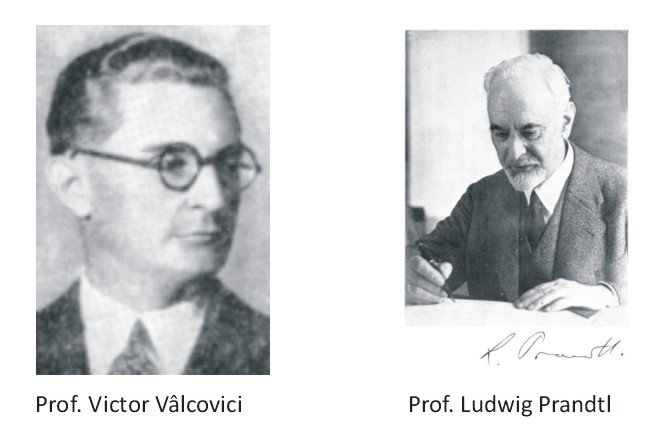
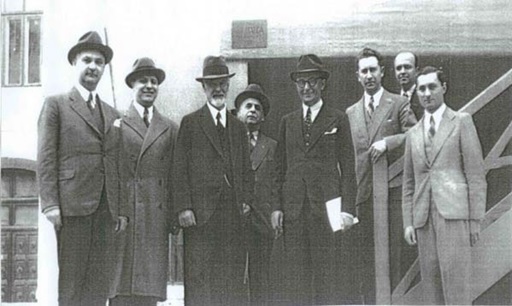
Ludwig Prandtl visited the Politechnical School in 1941, particularly to see the Wind Tunnel in Polizu. In the picture, from left to right: C.C. Teodorescu, Elie Carafoli, Ludwig Prandtl, Dionisie Germani, Victor Vâlcovici, Lucius Saveanu, Ion Cârstoiu and Nicolae Tipei.
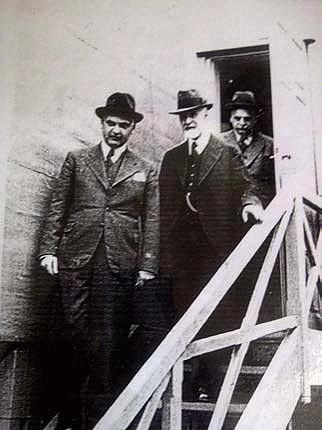
On the stairs of the tunnel, in this photo there are C. C. Teodorescu, Ludwig Prandtl and Dionisie Germani.

The experimental results at the end of an intense effort under the supervision of Prof. Vâlcovici, and later (after 1941) with the participation of the young mathematician Ion Șabac, the Wind Tunnel in Polizu and its creator Stroescu get an international recognition.
In 1943, Ion Stroescu’s presentation at the Research Academy in Berlin attracted appreciative remarks by Professors Ludwig Prandtl and A. Betz.
In 1946 at the Fourth Congress of Applied Mechanics, Ion Stroescu presents at Sorbone the paper “A New Type of Wind Tunnel”.
“Prof. Edmond Brun requested permission to use the blue prints of the Bucharest Wind Tunnel to build a similar one at Sorbone” (Prof. V. Vâlcovici).
In the years 2000-2008, under the supervision of Prof. Sterian Dănăilă, through significant financial efforts, the Wind Tunnel in Polizu was refurbished and modernized, becoming a valuable laboratory of aerodynamics. Very sensitive decisions were taken, trading off the preservation of the historical and patrimonial value, and the modernization of the laboratory to the 21st Century standards.
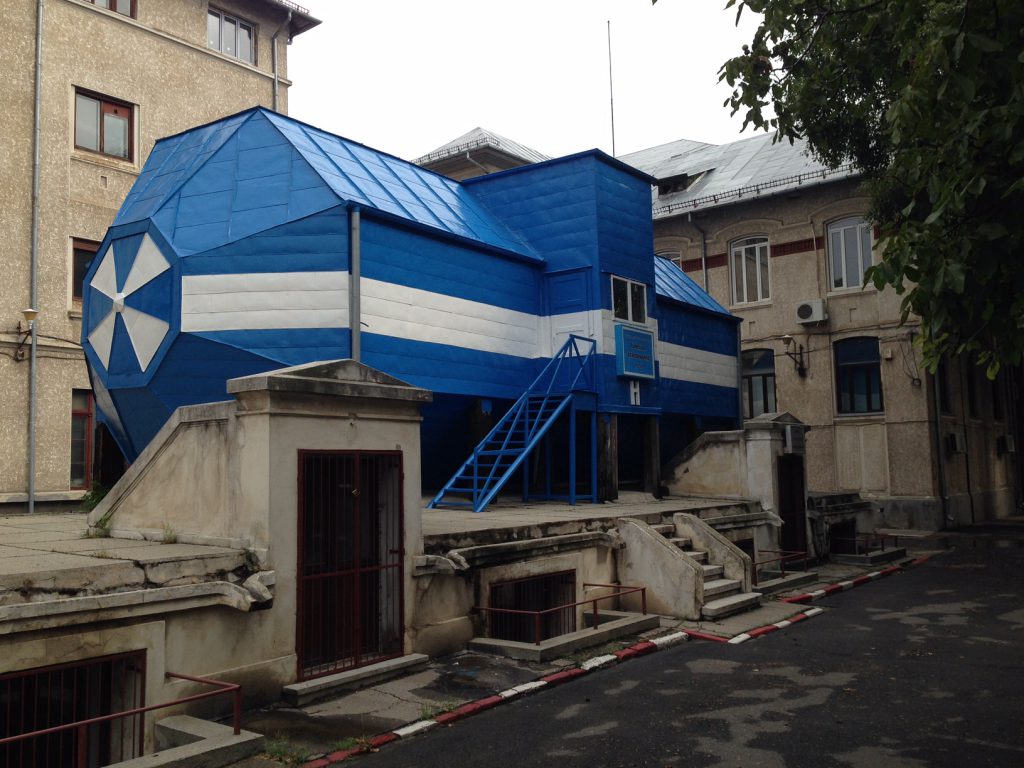
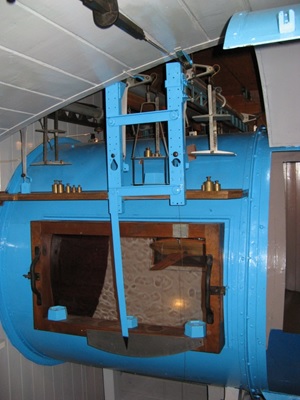
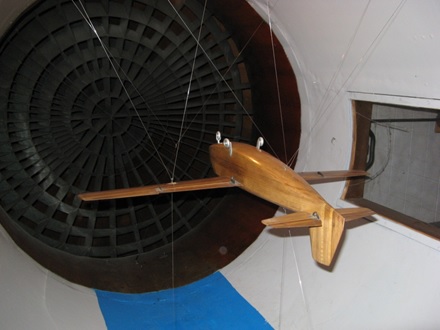
(This article was adapted after the presentations of Prof. Sterian Dănăilă, using original materials of the ”Elie Carafoli” Department of Aerospace Sciences, and using the paper of Conf. Nicolae Șerban Tomescu, ”An important achievement of Professor Ion Stroescu: the wind tunnel of the Polytechnic School of Bucharest” published in 2011 in the INCAS Bulletin. Another reference is the paper of Buiu V, Ion Stroescu (1888-1961) A Man and a Life –for a passion, INCAS BULLETIN, Volume 3, Special Issue/ 2011, pp. 1 – 15. A significant reference over the entire field is the book ”The History of the Higher Education in Aviation” by Prof. Virgil Stanciu)
Athens Network for Students
Athens Network is a short duration mobility program for students (16-24 March 2019). English language level B2 is required. Apply following these steps : - Fill the form: https://goo.gl/forms/wDY1aKuKDOyuhtuc2 - Access Athens site and create an account,...
Openings in UPB-FIA
UPB-FAE hires two research assistants in aerospace. Details (in Romanian) <here>.
Harmony Jets Openings
Harmony Jets based in Malta hires urgently an aerospace engineer with knowledge of air navigation for the position of dispatcher. Details <here>.
Openings at the Aeroclubul României
Courtesy of CEO pilot eng. George Rotaru (alumnus of the Faculty of Aerospace Engineering) we announce that Aeroclubul României looks to hire young aerospace engineers. Details (in Romanian) <here>. Aeroclubul României is an important aviation...
Presentations and Projects of students
Presentations and Projects of Students On the 9th of January 2019 students of the first year of the Faculty of Aerospace Engineering, the Air Navigation Department presented the final project for the Introduction to Aerospace Engineering course held by the dean of the...
Students Wanted at the Fokker Academy
Fokker Academy was established in March 2017, in the wake of signing the Partnership between UPB Faculty of Aerospace Engineering and GKN Fokker Engineering Romania. In the Fokker Academy, our students learn to design directly from highly experienced engineers,...
Sponsorship S.C. AEROSTAR S.A. Bacau
Sponsorship S.C. AEROSTAR S.A. Bacau On Monday, 20 November 2018, the Faculty of Aerospace Engineering received from S.C. AEROSTAR S.A. Bacau company a sponsorship that comprises cargo aircraft components (taken out of use), such as: actuator for the landing gear,...
Liviu Librescu
Liviu Librescu – the hero from Virginia Tech University- Liviu Librescu is one of the most renowned graduates of the Faculty of Aerospace Engineering from Bucharest, with which we pride ourselves for his academic successes and honors received, but especially for his...
Lion Air Crash Accident
LION AIR CRASH ACCIDENT The 29th of October 2018 stood up in recent aviation history as the day the unexpected occurred -a brand new Boeing 737 MAX 8 crashed into the Java Sea. Lion Air Flight JT610, operated...
European Space Talks
I We invite our academic community to participate to an important space event organized by the French Institute of Bucharest:


0 Comments